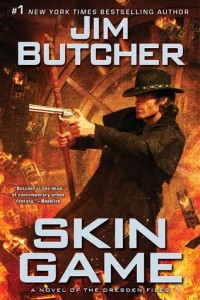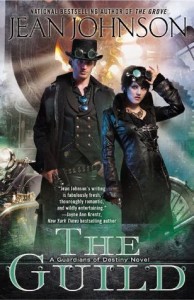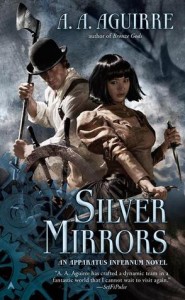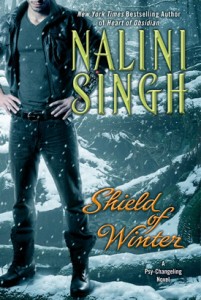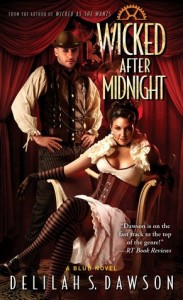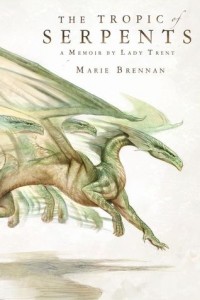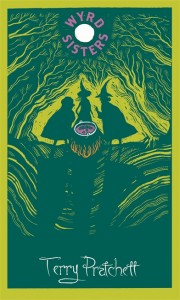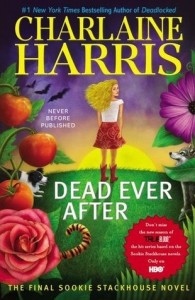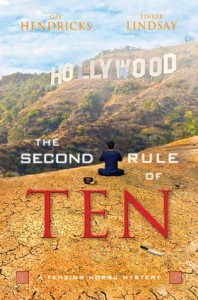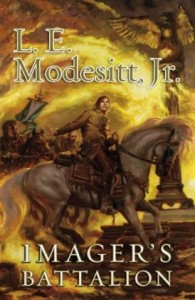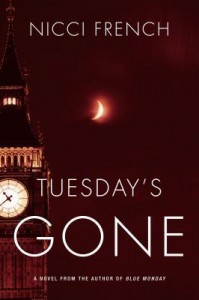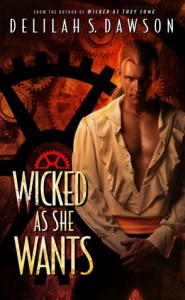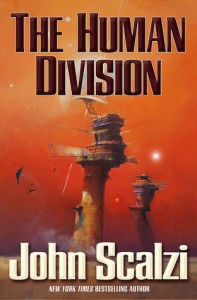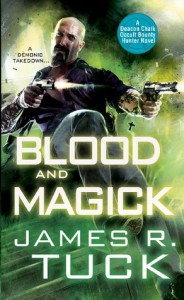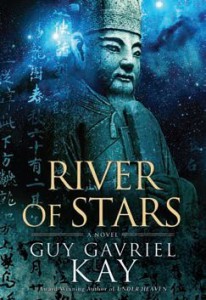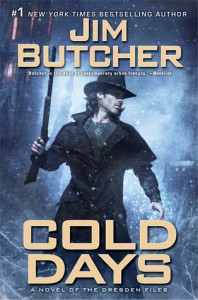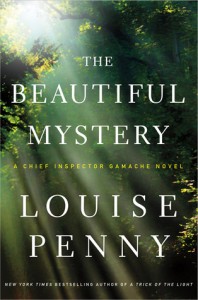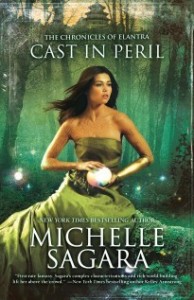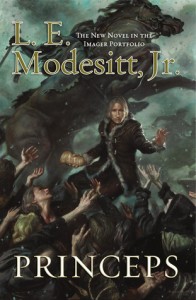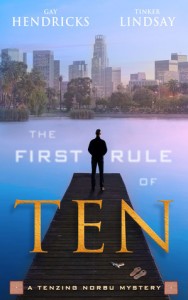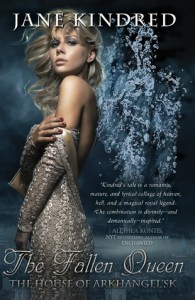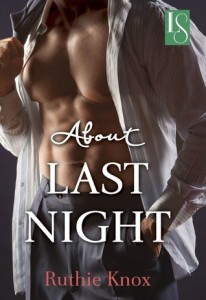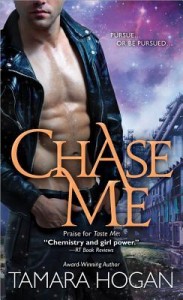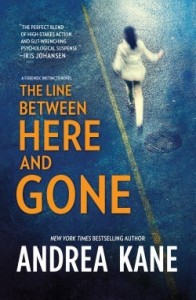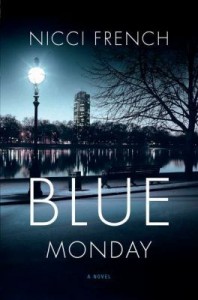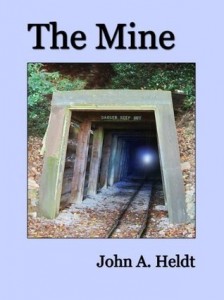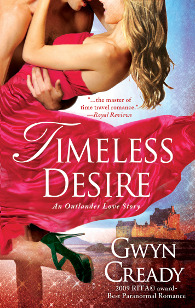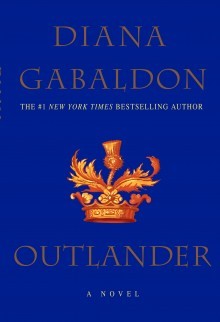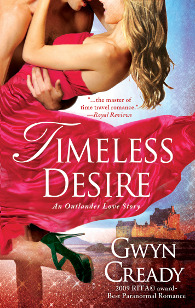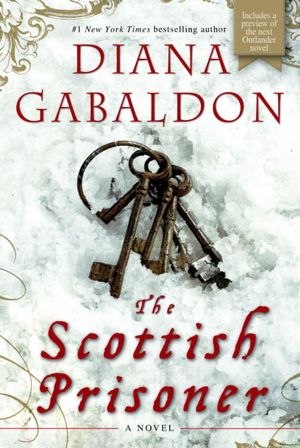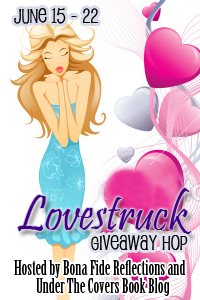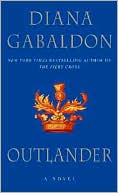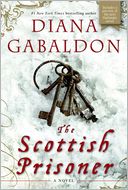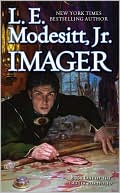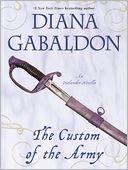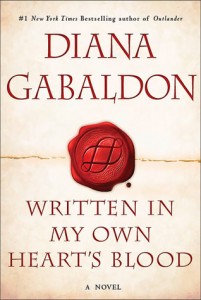 Format read: ebook purchased from Amazon
Format read: ebook purchased from AmazonFormats available: ebook, paperback, hardcover, audiobook
Genre: historical fiction; time travel romance
Series: Outlander, #8
Length: 849 pages
Publisher: Delacorte Press
Date Released: June 10, 2014
Purchasing Info: Author’s Website, Publisher’s Website, Goodreads, Amazon, Barnes & Noble, Kobo, Book Depository
1778: France declares war on Great Britain, the British army leaves Philadelphia, and George Washington’s troops leave Valley Forge in pursuit. At this moment, Jamie Fraser returns from a presumed watery grave to discover that his best friend has married his wife, his illegitimate son has discovered (to his horror) who his father really is, and his beloved nephew, Ian, wants to marry a Quaker. Meanwhile, Jamie’s wife, Claire, and his sister, Jenny, are busy picking up the pieces.
The Frasers can only be thankful that their daughter Brianna and her family are safe in twentieth-century Scotland. Or not. In fact, Brianna is searching for her own son, who was kidnapped by a man determined to learn her family’s secrets. Her husband, Roger, has ventured into the past in search of the missing boy . . . never suspecting that the object of his quest has not left the present. Now, with Roger out of the way, the kidnapper can focus on his true target: Brianna herself.
My Review:
The title is much too long, but completely evocative of the story, assuming that the heart in question belongs to Claire Elizabeth Beauchamp Randall Fraser (and briefly Grey).
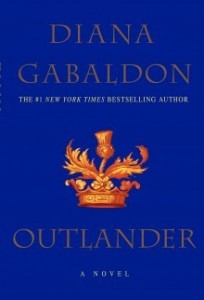 If the above recital of names requires explication, please start this series at the very beginning, with Outlander. If you enjoy historical fiction, you’ll be extremely glad you did.
If the above recital of names requires explication, please start this series at the very beginning, with Outlander. If you enjoy historical fiction, you’ll be extremely glad you did.
Consider all of this as spoilers to the Starz Outlander TV series that starts next month. Just as with The Game of Thrones, someday, if the series is successful, TV will catch up to the books.
By the time of this particular story, it is 1778, and Claire and Jamie are caught in the midst of the American Revolution. Even though Claire is a time traveler, she only remembers the bare outlines of 18th century American history. The Colonials obviously won in the end, but who won which battle is not something she ever studied in medical school.
Claire and Jamie live their 18th century lives one day at a time, doing their best to survive. Life, however, has a way of throwing them curveballs, ones almost as big as the trip through the standing stones that brought Claire back to the 18th century in the first place.
 Written in My Own Heart’s Blood begins just where An Echo in the Bone left off, five years ago. (Waiting for the next book in this series is awful).
Written in My Own Heart’s Blood begins just where An Echo in the Bone left off, five years ago. (Waiting for the next book in this series is awful).
At the end of Echo, Jamie has just returned to the colonies after a trip to Scotland, a trip where he was reported dead. Claire is married to Lord John Grey (see The Scottish Prisoner (reviewed here) for more on Grey) as a way of being protected from accusations of sedition against the British. As Grey is homosexual, it was assumed that this would be a marriage entirely of convenience. It was, mostly, emphasis on mostly.
So Jamie comes back to find out that his wife has married one of his best friends, and takes Grey out to beat him to a pulp. A beating that Grey feels he not only deserves, but actively encourages. The results, however, leave Grey wandering around the Pennsylvania countryside with severe injuries. He finds himself batted, and battered, back and forth between the rival Colonial and British forces as he alternately conceals and reveals his identity in an attempt to return home.
Meanwhile, Jamie returns to Philadelphia and gets dragooned into the Colonial Army as a General, based on his experience in Europe as well as in the Colonies. Claire follows him as a surgeon while they repair their slightly strained relationship.
And in the 20th century, their daughter Brianna faces multiple kidnap attempts as she tries to figure out where and when the best place will be to raise her children, all while her husband in lost back in the 18th century on a wild goose chase for their son.
All anyone wants to do is go home, if they can just dodge the armies and other forces against them; and if they can figure out exactly where that elusive “home” might be.
Escape Rating A+: Okay, I’ll say upfront that I love this series, and have since the very first book, over 20 years ago. This series is sprawling and awesome and sprawlingly awesome.
Written in My Own Heart’s Blood was the perfect book to read on a 5-hour flight. I didn’t finish the 800+ pages, but I was enthralled every step of the way, both mine and Claire’s.
After 8 books in the series, what continues to fascinate, at least this reader, are the closely intertwined relationships among all the participants. Family and friendship make incredibly strong bonds, and in this story we see how close everyone has remained, even across three centuries and three generations.
The story encompasses not just Jamie and Claire, but also his nephew Ian, his natural son William, Bree and Roger in the 20th century, and every member of both families. And it’s all so enthralling that each person plays their own separate and completely needful part in the narrative. Including John Grey and his family from the British military side.
Not only is every story part of every other, but we get a glimpse at the time before Outlander started through Roger’s wild goose chase in the 1730s, and we see the genesis of characters who have fallen by the wayside. Even Bree’s 20th century stepfather manages to send an important message back from the grave.
Following the American Revolution from the ground is bloody, gory, frightening and amazing. Claire’s perspectives of the battles, from her position as a medico, give the entire scene a “you are there” feeling that keeps you on the edge of your seat. We meet some of the towering figures of the Revolution, like Washington and Benedict Arnold, only to discover that they were human and fallible (especially Arnold!) but still amazing.
I hope that Claire gets to meet Ben Franklin, I think it would be hilarious.
But speaking of hilarity, the story definitely has it’s lighter moments. The humor and occasional sarcasm laced through Claire’s 20th century observations of the 18th century are often snort-chuckle funny. The characters are so familiar that the humor in many situations comes through wonderfully.
If you have an interest in any of the periods that this series covers, if you enjoy historical fiction laced with romance and in the midst of a sprawling family saga, try Outlander. (If the size of the books alarms you, the first seven are available in an ebook bundle.)
I can’t wait to visit with Claire and Jamie again. The story does not (thankfully) end on a cliffhanger, but one is left with the intense feeling that there is much more yet to come!


